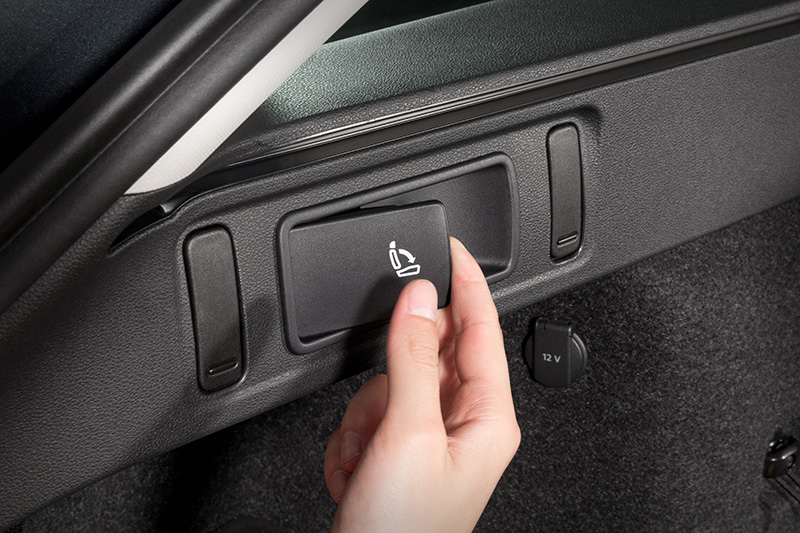TEXTILE
The selection of suitable upholstery material is no doubt one of the important aspects when choosing a new car. The choice is really huge, and textile and leather are the key two types of material available – each of them comes with a number of pros and cons, and each of us prefers one of them for some reasons.

While in the past car seats used to be a minor topic, these days car manufacturers place a great emphasis not only on their structural design, but, even more importantly, also on the selected material. Customers can choose from a wide range of designs that can be tailored to meet their personal preferences and make a good match with the selected model.
Like the technology under the bonnet, textile upholsteries have gone through substantial changes and improvements over the last few years. Car manufacturers keep experimenting on both material and processing sides, carefully selecting, testing and checking all products for quality to guarantee long service life and high resistance. Customers require and appreciate strong and lightweight materials, trouble-free maintenance and comfort comparable with that offered by leather.







































